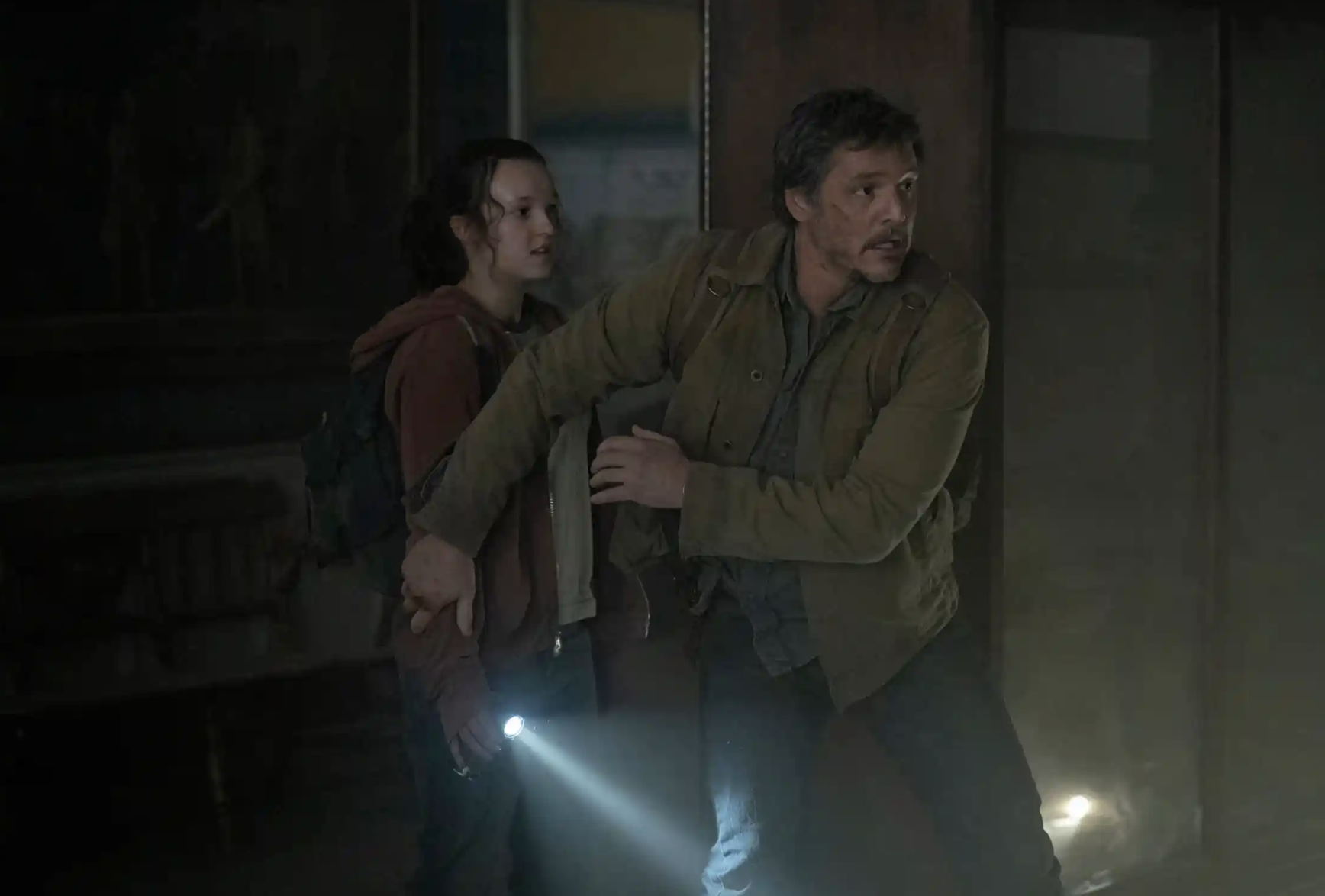
Content Warning: This article contains spoilers for The Last of Us as well as mentions of death and violence.
The Last of Us arrived on HBO Jan. 15. The hotly-anticipated series is a TV adaptation of the 2013 video game of the same name considered among the greatest of all time. I watched the premiere episode wondering how the TV series would treat the game. I knew with almost complete certainty the show would be good thanks to the involvement of game director Neil Druckmann and the precedent set by showrunner Craig Mazin (Chernobyl) – and it is – but I was curious as to what would make it stand out. Would the series remain doggedly faithful to the game, keep a respectful distance or forge its own creative path? If you want my thoughts on the quality of the show based on the premiere, here they are: it’s exceptional.
There’s a concept in video games called “ludonarrative dissonance," or when a video game’s gameplay contradicts its story or message. It’s something often applied to games that promise hard-hitting emotional narratives or those that seek to emulate film and television, like The Last of Us.
Naughty Dog, the game’s developer, is no stranger to ludonarrative dissonance. Its Uncharted series, which features treasure hunting and exotic adventures in the vein of Indiana Jones, is often pointed to as a prime example. The series’ protagonist, Nathan Drake, is a charming, funny guy devoted to his family and friends. He’s also a mass murderer, gunning down hundreds of mercenaries and other enemies over the course of four games. Generally, ludonarrative dissonance isn’t a huge problem – Uncharted is well-regarded by critics and gamers, but the contrast between a light-hearted story and violent gameplay can be a bit jarring.
The Last of Us is a bit different. The game is gritty, depressing and violent by design. Players kill humans and zombies constantly, often via brutal execution using a firearm or melee weapon. Ludonarrative dissonance in The Last of Us doesn't come from violence because the game tells a violent story. The Last of Us is about what doesn’t change when the world is turned upside down: human nature, with all of its kindness, hatred and desperation.
Some might argue that remaining faithful to the game requires translating the gameplay beat for beat. I disagree. Constant violence can cause quieter moments to get lost in the weeds if a player is speeding through looking for the next combat encounter, while a show can meditate on both kinds of moments with the appropriate care. Having protagonist Joel unexpectedly beat a soldier with his bare hands – his first act of violence against another human in the show – makes the action even more hard-hitting and visceral. The opening of the game features a shootout in the quarantine zone to introduce players to the game’s action mechanics, but I’m glad the show skipped this scene and introduces Joel’s capabilities against other humans only later – and in suitably brutal fashion.
The adaptation also eliminates a degree of separation between audiences and the story. When playing a game, the hard line between cutscene and gameplay prevents the experience from being 100% immersive, while the show only has one mode of storytelling separating itself from the audience.
Father and daughter 💜
— The Last of Us News (@TheLastofUsNews) January 16, 2023
Sarah (Nico Parker) & Joel (Pedro Pascal)#TheLastOfUsHBO pic.twitter.com/GERZACB8IH
When Joel’s daughter Sarah is gunned down in the show, bleeding out in her father’s arms, I nearly cried. The scene in the game is heartbreaking, but the scene in the show is devastating. Pedro Pascal, who plays Joel in the series, already has some experience playing father figures (as The Mandalorian shows), and this shines through in the show to a degree the game just couldn’t. Troy Baker did excellent voice acting and motion capture for the original game, but Pascal embodies him in flesh and blood – he’s a dad holding his dying daughter, and I’ll be damned if it gets realer than that.
Thumbnail screenshot by Conner Dejecacion